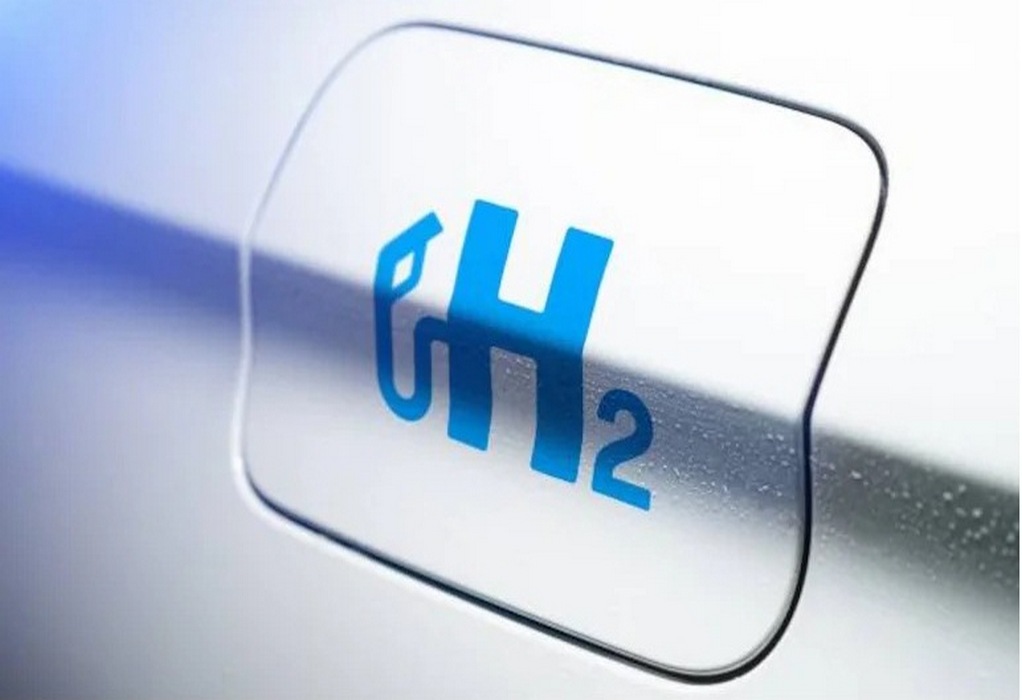India imports 80 percent of crude oil, and 54 percent of LNG representing ~38 percent of India’s energy consumption. For every 10 percent increase in crude oil price, there is an impact on India’s current account deficit by $10 billion, or negative 0.4 percent of GDP. Crude oil prices have increased by nearly 28 percent between December ’21 and January ’22, potentially impacting India’s GDP growth.
For India to achieve a $5 trillion economy by 2025, a focus on new energy transition in the domestic market will strengthen energy security, facilitate economic growth, limit carbon emissions, and manage its fiscal deficit. New energy transition plans are built on India’s advantage as the world’s lowest-cost geographic zone for renewable energy generation, and upcoming giga-factories by leading corporates.
Given this, it will be interesting to see what the announcements in the Union Budget are towards the energy sector, particularly in new energy.
Green hydrogen, produced using renewable energy sources, is a versatile source of energy that can contribute to decarbonise the economy. While India has the cheapest renewable Levelized Cost of Energy (LCOE), it is essential to drive down the Levelized Cost of Hydrogen (LCOH) through capacity building, and policy interventions. Below are a few parameters:
Technology innovation and development: There is a need for new technologies to reduce emissions in energy intensive ‘hard-to-abate’ sectors. Technological advancement across the green hydrogen value chain, starting from production (electrolysers), transportation (trailers, carriers – ammonia/methanol), storage (batteries, fuel cell, etc.) to end-use applications (powertrain, refuelling stations, etc.), will bring overall conversion efficiencies.
India needs to be proactive in creating technological advancement through research projects, prioritise medium- to large-scale demonstration and global collaborations. While the government is working jointly with several companies on public-private participation, in Budget 2022 it should introduce policies towards funding R&D activities, subsidise early adopters, and layout national standards for safer storage, transport, and distribution.
Enhance domestic manufacturing: Historically, manufacturing of clean energy technologies (solar PV, lithium-ion batteries, etc.) has occurred largely outside India. To support domestic manufacturing, Budget 2022 should introduce policies, provide incentives and subsidies for electrolyser manufacturing. The manufacturing scheme such as Production-Linked Incentives can be extended for localised manufacturing of electrolysers in a phased manner like solar PV cells, modules and Advance Chemistry Cell (ACC).
Economies of scale: The current global demand for hydrogen is ~80mt, and green hydrogen demand is expected to rise 100x from 0.08 mtpa in 2021 to 10 mtpa in 2030, thereby building a huge demand potential for electrolyser manufacturing in India. With increasing scale, the cost of electrolysers is expected to drop by 50 percent in 2030. It is essential to create domestic green hydrogen demand at cost-parity with grey hydrogen so that the supply-side will penetrate at a much faster rate.
The Government of India had announced the National Hydrogen Mission in Budget 2021 for making a hydrogen roadmap. However, a milestone based national hydrogen roadmap with financial incentives and policies to create a guaranteed market such as ‘dollar denominated’ green hydrogen purchase obligations must be mandated for different sectors such as petroleum, fertilizers, steel, and cement.
Building out infrastructure: This is an essential parameter capturing the touch points of the green hydrogen value chain providing flexibility, connectivity, and operational efficiency. Pipelines are the cheapest option for green hydrogen distribution in local or regional networks (up to 5,000 km). For regional and long-range distribution, the infrastructure cost can represent ~50-70 percent of the total cost. Whereas for onsite installations, transmission takes only 20 percent of the total supply cost.
Exploring options on new business models will help in bringing cost optimisation measures. Incentivise hydrogen production and investment tax incentives like a 10-year tax credit worth up to $3/kg of green hydrogen approved by US and provide long-term financing (debt, equity, grants) at lower rates. Climate market initiatives data anticipate an annual green bond issuance of $1 trillion by 2023, and the Government of India should provide the requisite push for ease of green bond access to corporates and startups.
India is on the threshold of a generational shift from a net importer of fossil fuel to a potential net exporter of green hydrogen in the new energy transition journey by 2030. The Union government has shown interest and inclination towards developing green hydrogen as a future fuel and feedstock. There needs to be a strong policy and regulatory framework push for commercialising the green hydrogen value chain and industrial clusters in India. For this, all eyes will be on Budget 2022.
Source:https://www.moneycontrol.com/
Tags: Crude Oil, Decarbonisation, Green Hydrogen, Indian Budget, LNG



Recent Posts
Hyundai Glovis to Retrofit Seven PCTCs with Avikus AI Navigation System
Super Terminais orders three more Konecranes Gottwald ESP.10 Mobile Harbor cranes
Covestro and HGK Shipping Extend Partnership to 2040 with Focus on Wind-Assisted Vessel Retrofit
Artemis Technologies Successfully Demonstrates 100 Percent Electric Crew Transfer Vessel at Aberdeen Offshore Wind Farm
IACS Council Advances Decarbonisation, Digitalisation and Governance Priorities at C91 Meeting in Beijing
Japan Launches Major R&D Project to Advance Shipbuilding with Alternative Fuels
EU Adopts Emissions Standards for Low Carbon Hydrogen to Bolster Clean Energy Market
Trafigura to Implement ZeroNorth’s AI Platform Across Global Fleet